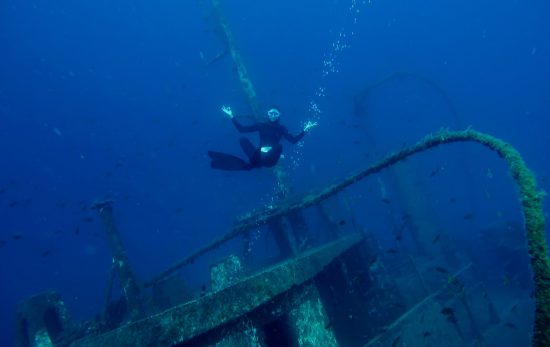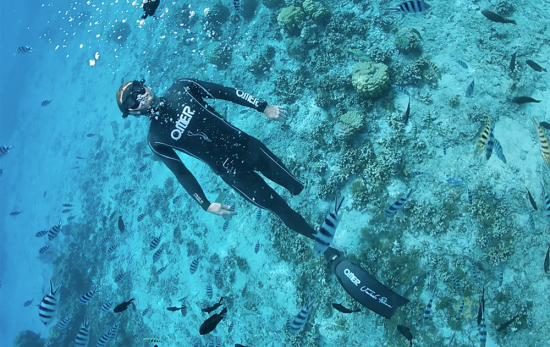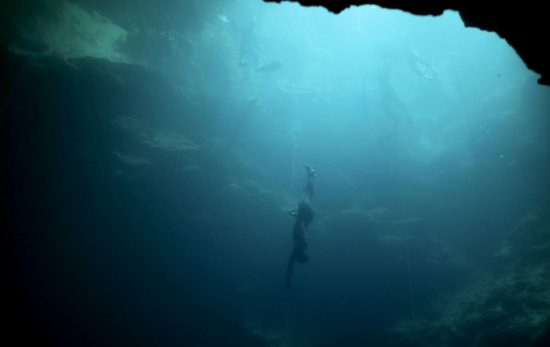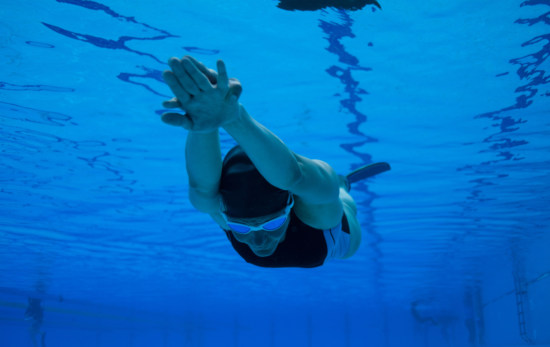Scuba diving and freediving are two of the only sports that allow us to relax in one of the most peaceful environments on the planet. For those wanting to challenge their limits, freediving competitions offer divers the chance to test their skills and learn the best practices from the pros.
At the Xibala 2019 Freediving Event, held April 23-28, they did just that. But it wasn’t just about breath holds and dive depths. The Mayan culture was also respected.
The event began by honoring the cenotes with a traditional Mayan ceremony. As a way to ask the ancestors for permission to enter the cenotes, dancers performed to musical drums honoring the owl, an animal believed to be the messenger between the two worlds. At the end of the ceremony, a Mayan shaman blessed the athletes in a special prayer.
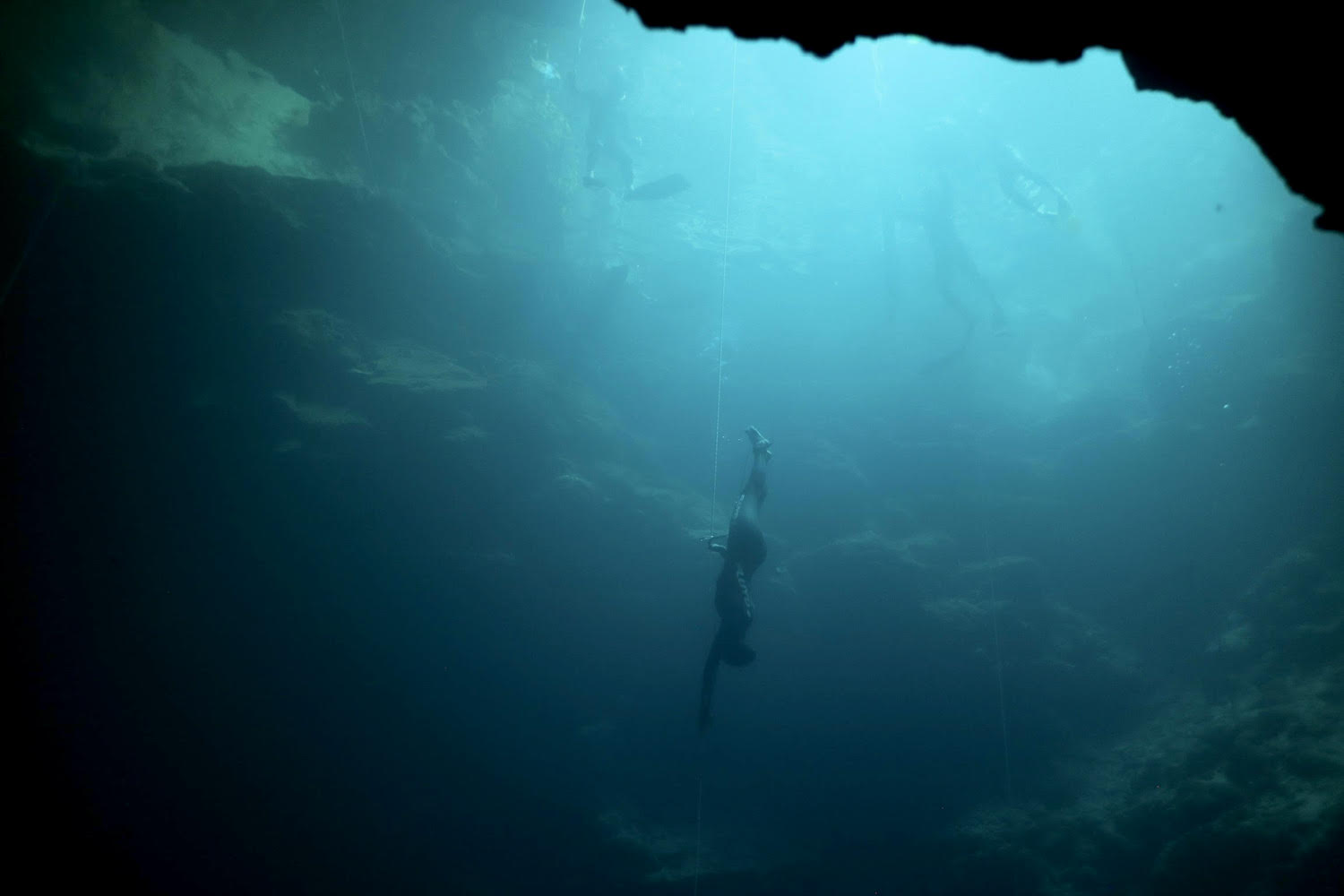
“Xibalbá means underworld in the Mayan language,” says Master Freediver Surya Lecona. “The Mayans have a very special respect for these sacred places that are the cenotes, the doors to the Xibalbá. In our culture, the cenote is the door to the underworld.”
The cenotes hold a special place for freedivers as well. While the conditions and depths can vary among these natural pools, many of the cenotes aren’t affected by the threats of bad weather. Some also don’t have waves or current, offering crystal clear visibility. Light filtering from the holes and cracks in the ceiling only adds to the ambiance (and makes for impressive photography).
“The place is an amazing oasis for freedivers who want to live the experience of tranquility, far from any kind of noise,” says Lecona.
The five-day competition featured a variety of modalities and depths that included:
- Constant Weight ( CWT )
- Constant no Fins (CNF )
- Free Immersion (FIM)
- Constant Weight Bifins (CWTB )
The 27 participating athletes broke several records including 14 National Records, two Continental Records, and two World Records. Carlos Eduardo Valdez Krasowsky, a 15-year old freediver who went to 35 meters/114 feet, was also invited to participate as the opener.
A wide range of freedivers took part in the competition. Beginners with just one to two years of experience hit 40 meters/131 feet. The more experienced athletes hit marks ranging from 50 meters/164 feet to 80 meter/262 feet. Sofia Gomez (81 meters/265 feet) and Sayuri Kinoshita (82 meters/269 feet) made World Records.
“We are very proud to have all kinds of levels involved in the same routine,” says Lecona. “The most valuable experience was sharing their knowledge and building a friendship around the sport.”
As freediving becomes more accessible, it’s no surprise that scuba divers are making the gearless transition. But whether breath holding and freediving comes naturally or not, one of the most important things for a freediver to learn is proper training.
PADI Freediving Centers such as the Lemus Underwater School, located in Mexico City, are staffed with instructors that have a wealth of freediving experience, most of those skills developed from long before the sport became popular.
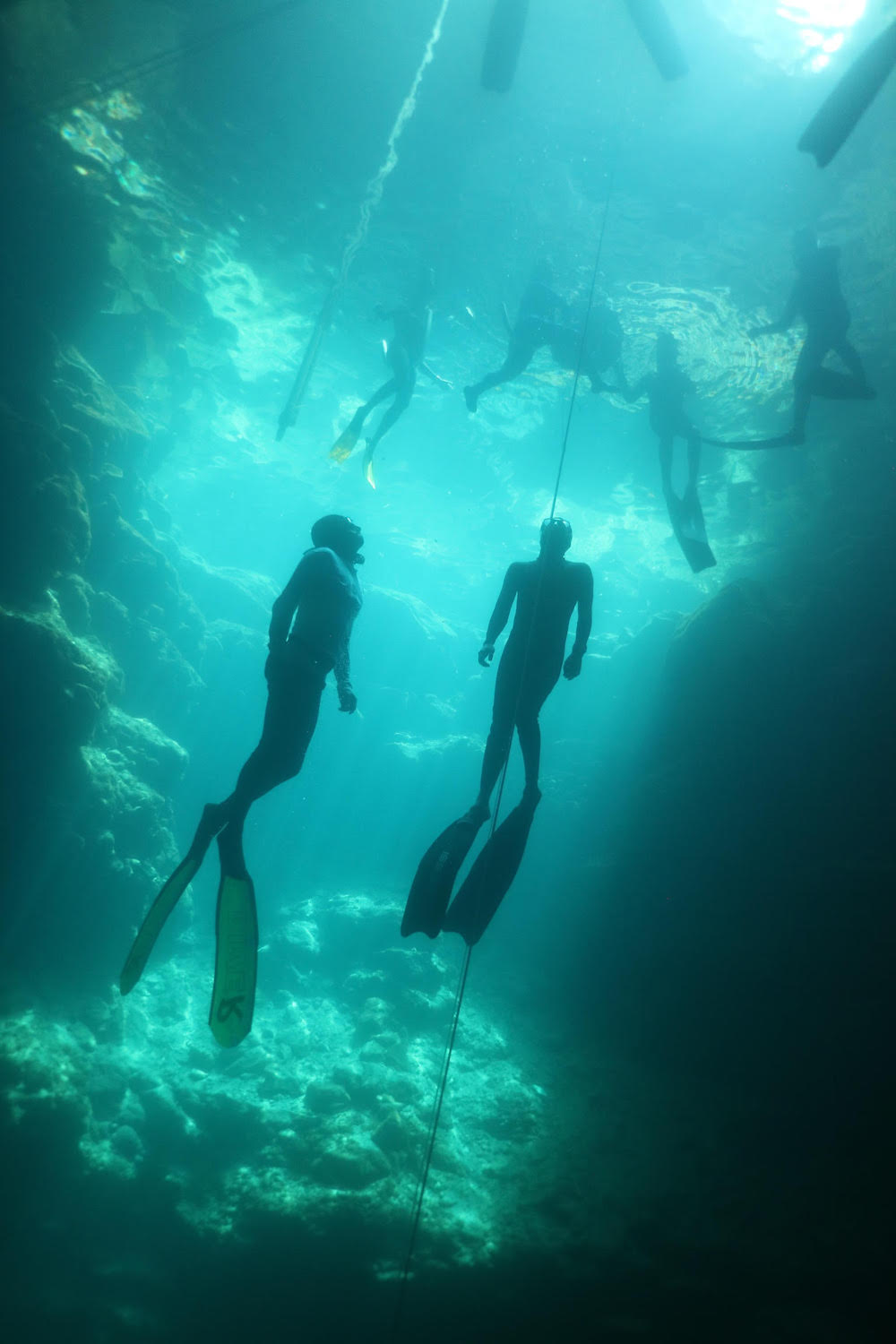
“Alejandro Lemus says it’s also important to share all of the failed experiences so that the newer freedivers can avoid them,” Lecona says. “It is important to train with an experienced freediver.”
When asked for tips for beginners, Lecona notes that the sport is a physical and mental challenge, but the rewards are endless.
“When I go underwater all the human things stay above. All of them. Underwater all that noise turns off,” Lecona says. “During the day, the best part of it is having my immersion, the moment when my mind turns off the troubles and material world to go with my soul, and no heavy body, into the infinity.”
Similar to the feeling that divers get on a calm reef, freediving brings a like-minded peace that connects the diving and the freediving worlds even more.
Learn more about the PADI Freediver course here.
